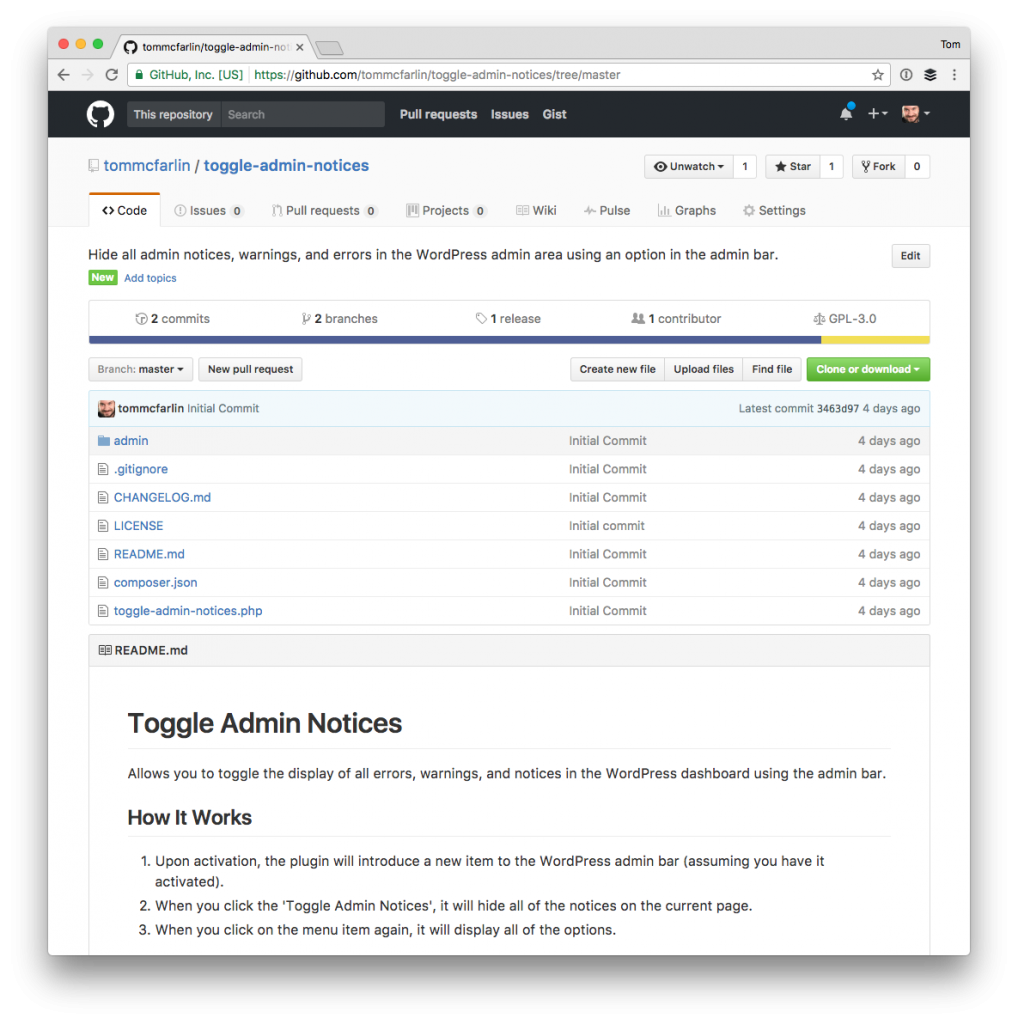When it comes to building software for other people – regardless of if it’s a WordPress plugin, a mobile app, a desktop app, or something else – one of the most important things we can do is to test the project.
And I know: Talking about testing is boring. It seems to be disconnected from the act of implementing a solution and being able to say “Hey, look what I did!”
Testing, on the other hand, is sitting there making sure our code works. But, please, our code definitely works because we can see it happening, right? The truth is, we know this isn’t the case.
And so we’ve got all of these various tools to help us write unit tests, acceptance tests, behavioral tests, we grab groups of people and have them perform usability testing, and all of that’s important.
But before doing any of that, I think it’s important that we actually understand the rules of the problem that we’re aiming to solve. Sometimes we see this referred to as domain rules; sometimes, we don’t see it mentioned at all.


